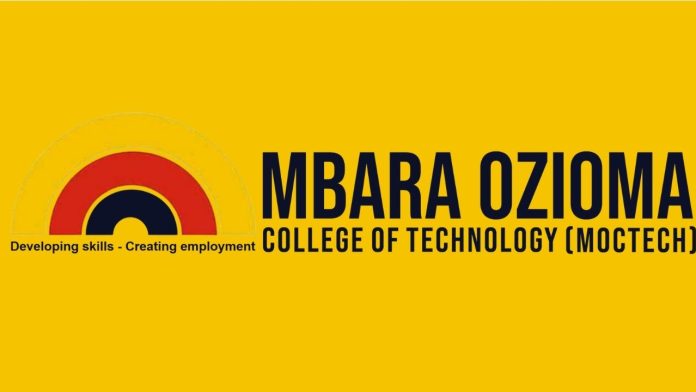In today’s economy, the cost of higher education is a significant concern for many families, especially those in the middle-income bracket. They often fall into a gap where they earn too much to qualify for need-based aid, but too little to comfortably afford college tuition. The Middle Class Scholarship (MCS) aims to fill this void, providing relief to middle-income families and ensuring that students can pursue higher education without taking on excessive financial burdens.
What is the Middle Class Scholarship?
The Middle Class Scholarship (MCS) is a financial aid program offered by certain states, like California, that helps undergraduate students from middle-income families pay for college tuition at the California State University (CSU) and University of California (UC) systems. This program is designed to assist families who typically earn up to $201,000 a year.
The scholarship is not need-based in the traditional sense but is tailored to support students who may not qualify for substantial need-based grants but still need help paying for their education. The MCS reduces the cost of tuition and fees, making college more accessible.
Who is Eligible for the Middle Class Scholarship?
Eligibility for the MCS depends on several factors:
- Residency: You must be a resident of the state offering the scholarship (e.g., California).
- Income: Your family’s income must fall between $107,000 and $201,000 annually.
- Attendance: You must attend a University of California (UC) or California State University (CSU) campus.
- Degree Type: You must be pursuing an undergraduate degree.
- Financial Aid Applications: You must have completed a Free Application for Federal Student Aid (FAFSA) or California Dream Act Application (CADAA).
Students who meet these criteria may be eligible for a scholarship that can cover up to 40% of tuition costs.
How Much Does the Middle Class Scholarship Offer?
The amount awarded through the Middle Class Scholarship varies based on family income and other financial aid the student may receive. It generally ranges from a few hundred dollars to a substantial percentage of tuition, with the potential to cover up to 40% of tuition costs at participating schools. However, the exact amount is determined by a sliding scale that considers both your family’s income and the school’s total tuition costs.
How to Apply for the Middle Class Scholarship
Applying for the Middle Class Scholarship is straightforward, but it requires meeting all the necessary deadlines and completing a few important steps:
- Submit FAFSA or CADAA: The first and most critical step is completing the Free Application for Federal Student Aid (FAFSA) or the California Dream Act Application (CADAA) by the state’s priority deadline, usually March 2.
- Submit Supplemental Materials: Some schools may require additional financial documentation, so check with your college’s financial aid office.
- Monitor Your Application Status: After applying, keep an eye on your application’s status and respond to any requests for additional information promptly.
Once your application has been processed, you’ll receive an award letter indicating the amount of aid you’re eligible to receive.
Can You Combine the Middle Class Scholarship With Other Financial Aid?
Yes, students can combine the Middle Class Scholarship with other forms of financial aid, such as federal Pell Grants, Cal Grants, or institutional scholarships. However, the amount of the Middle Class Scholarship will be reduced depending on how much other aid a student receives. The total financial aid package cannot exceed the cost of attendance.
When Will I Receive the Middle Class Scholarship?
Once your application has been reviewed and approved, you’ll typically receive your scholarship funds as part of your overall financial aid package. This usually occurs at the start of each semester or quarter, directly reducing your tuition balance.
What Happens if My Family’s Income Changes?
The Middle Class Scholarship is awarded based on the financial information provided in your FAFSA or CADAA. If your family’s income increases or decreases significantly, your eligibility may change in the following academic year. Be sure to update your financial information each year when reapplying for aid.
FAQs
What is the income limit for the Middle Class Scholarship?
The income limit for the Middle Class Scholarship typically falls between $107,000 and $201,000. The award is designed to assist families in the middle-income bracket, making it accessible to students whose families do not qualify for low-income grants but still struggle to afford tuition.
Do I need to repay the Middle Class Scholarship?
No, the Middle Class Scholarship is a grant, meaning it does not need to be repaid, as long as you continue to meet the eligibility criteria and maintain satisfactory academic progress.
Can graduate students apply for the Middle Class Scholarship?
No, the Middle Class Scholarship is only available to undergraduate students pursuing their first bachelor’s degree at a participating UC or CSU campus.
Is the Middle Class Scholarship renewable?
Yes, the scholarship is renewable each year, provided that the student continues to meet eligibility criteria and reapplies by completing the FAFSA or CADAA annually.
How is the Middle Class Scholarship calculated?
The Middle Class Scholarship is calculated based on a sliding scale that considers family income and other financial aid received. The award amount will be a percentage of the student’s tuition costs, with a maximum of 40% coverage for qualifying students.
What schools accept the Middle Class Scholarship?
The Middle Class Scholarship is accepted at all campuses within the University of California (UC) and California State University (CSU) systems.
Conclusion
The Middle Class Scholarship offers a valuable opportunity for middle-income families to make higher education more affordable. With the potential to cover up to 40% of tuition costs, it can significantly ease the financial burden of attending a UC or CSU. By completing the FAFSA or CADAA on time and staying informed about your eligibility, you can take advantage of this program to reduce your out-of-pocket costs.

